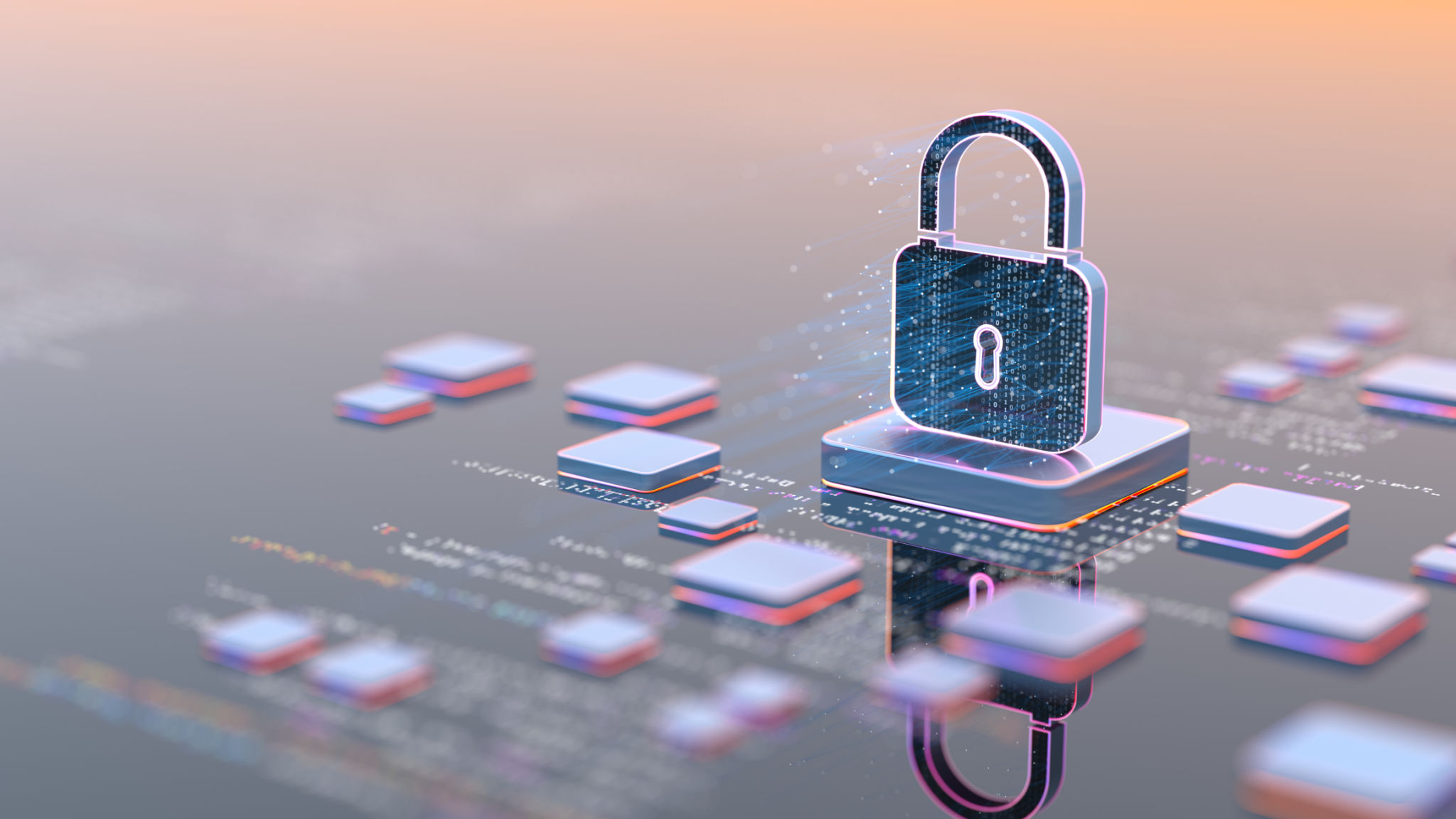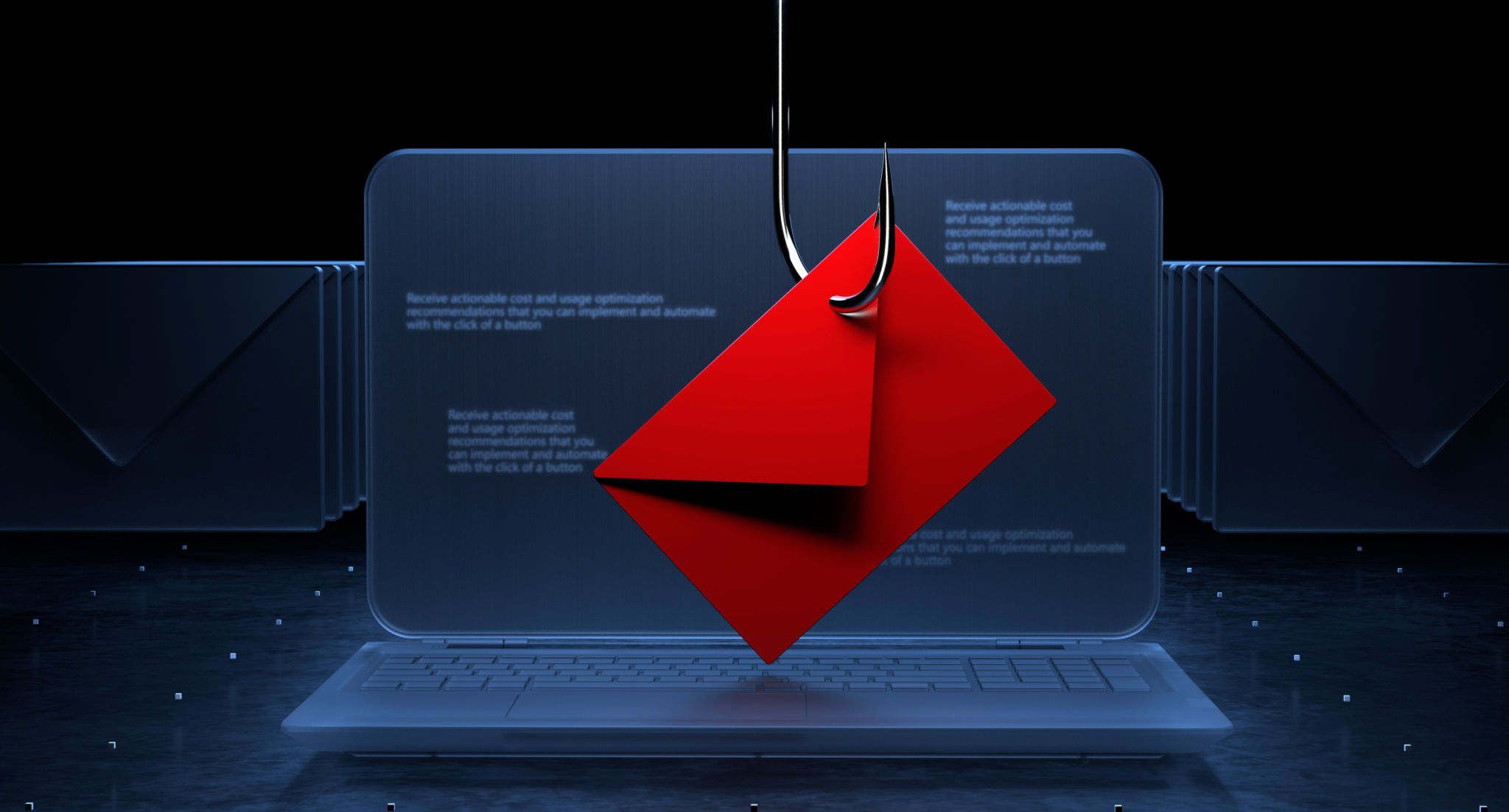XRPL Security: Best Practices for Protecting Your Digital Assets
The rise of blockchain technology has introduced a new era of digital finance, with the XRP Ledger (XRPL) standing out as a prominent player in this field. As more investors and developers engage with XRPL, ensuring the security of digital assets becomes paramount. This article explores best practices for protecting your digital assets on the XRPL.
Understanding XRPL Security
XRPL is renowned for its speed and efficiency, but like any digital platform, it is not immune to security threats. To safeguard your assets, it's crucial to understand the landscape of potential vulnerabilities. These can range from phishing attacks to unauthorized access attempts. Being aware of these threats is the first step in fortifying your security posture.

Enable Two-Factor Authentication (2FA)
One of the most effective ways to enhance security is by enabling Two-Factor Authentication (2FA). This adds an extra layer of protection by requiring not just a password but also a second form of verification, such as a code sent to your mobile device. This means that even if someone obtains your password, they cannot access your account without the second factor.
- Use a reputable 2FA app like Google Authenticator or Authy.
- Regularly update your 2FA methods to ensure they are not outdated.
Secure Your Private Keys
Your private keys are the gateway to your digital assets on the XRPL. Keeping them secure is essential. Consider storing them in a hardware wallet, which is an offline device that protects your keys from online threats. Avoid storing your keys in easily accessible places like cloud storage or email accounts.

Additionally, regularly back up your private keys and keep them in a secure, offline location. In case of device loss or failure, having a backup ensures that you can still access your assets.
Regular Software Updates
Keeping your software up to date is another critical aspect of maintaining security on XRPL. Software updates often include patches for vulnerabilities that could be exploited by attackers. Regularly check for updates and apply them promptly to your wallet software and any other applications you use in conjunction with XRPL.
Beware of Phishing Attempts
Phishing attacks are a common method used by cybercriminals to steal sensitive information. They often involve deceptive emails or websites that mimic legitimate sources. To protect yourself:
- Always verify the source of emails and links before clicking.
- Look for HTTPS and the padlock symbol in your browser when accessing sensitive sites.
- Use browser extensions that alert you to potential phishing sites.

Conclusion
The security of your digital assets on XRPL is crucial as the technology continues to grow and evolve. By implementing these best practices—such as enabling 2FA, securing your private keys, keeping software updated, and remaining vigilant against phishing—you can significantly reduce the risk of unauthorized access and protect your investments. Always stay informed about new security measures and adapt as needed to stay ahead of potential threats.